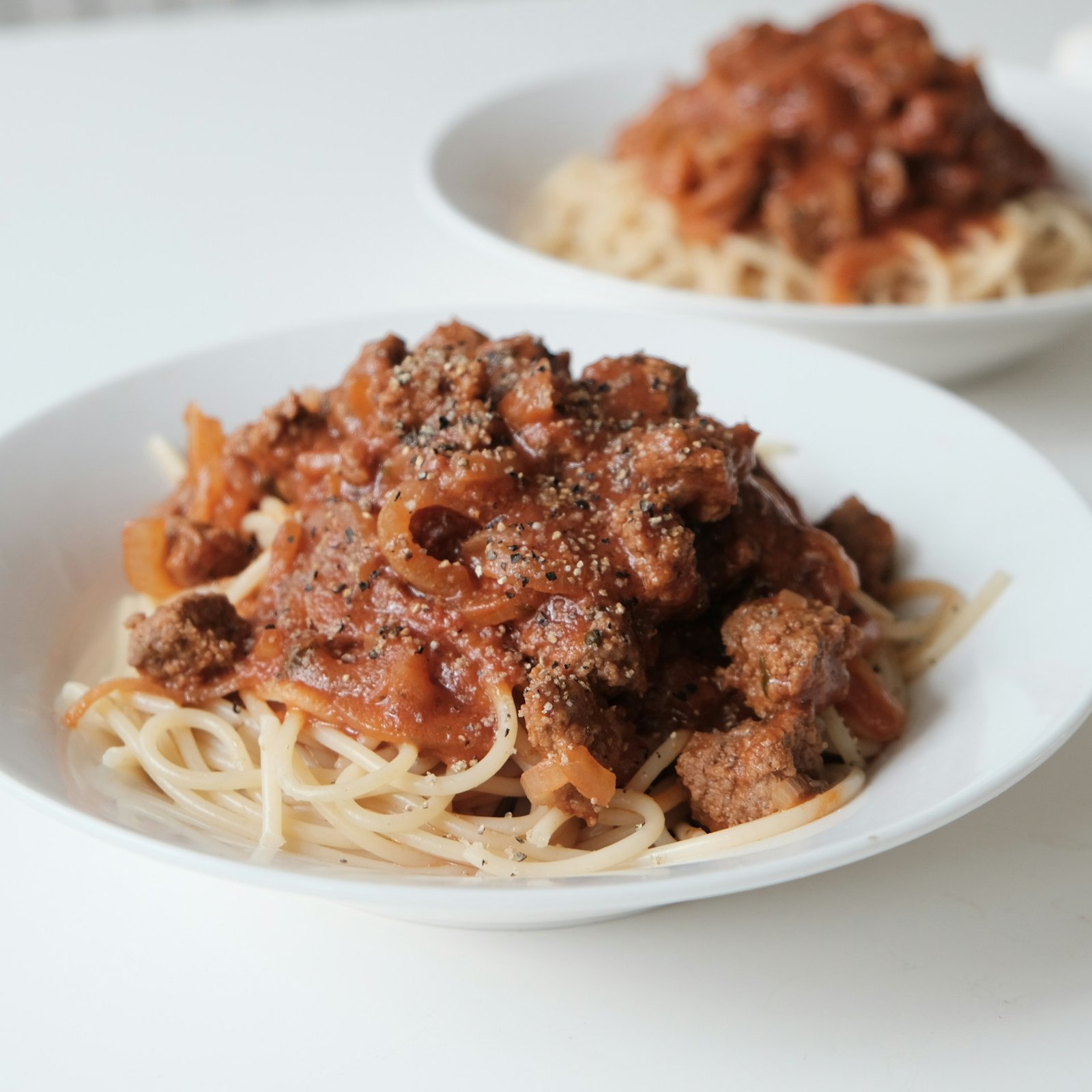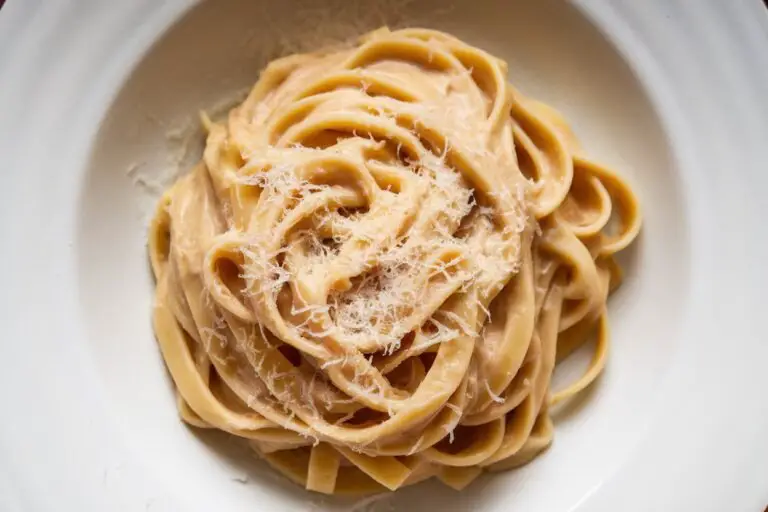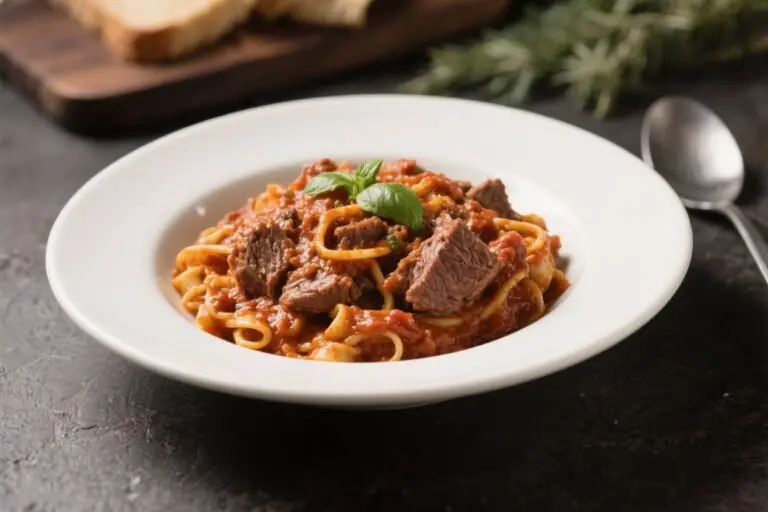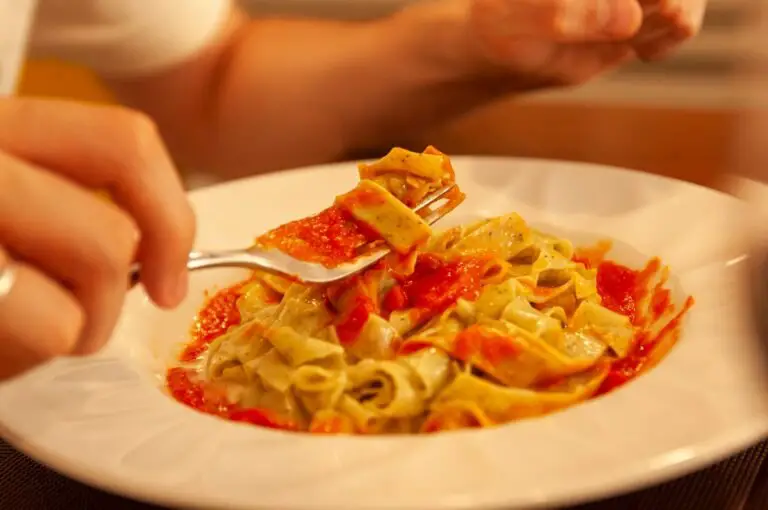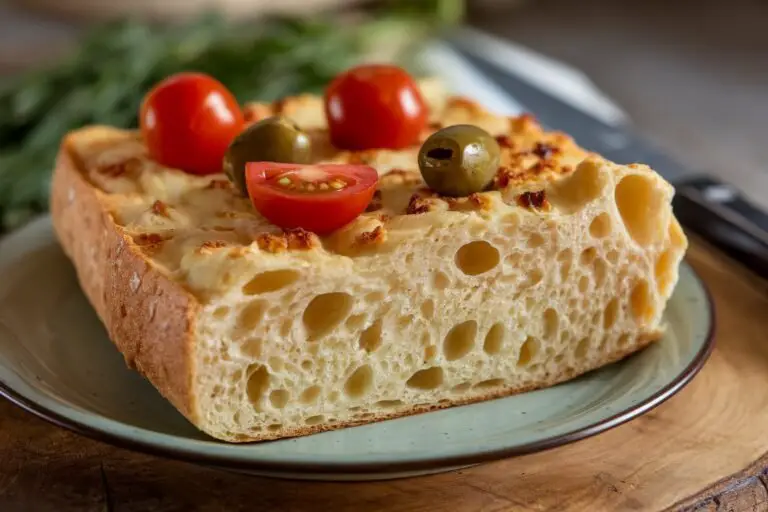5 Tips to Make Pasta Like a Real Italian
You’ve probably made pasta before. Boil water, throw noodles in, drain, dump sauce on top, done. Right? Wrong. That’s how you make pasta like a rushed college student.
Real Italians? They treat pasta like a sacred art form. It’s about balance, texture, and respecting the ingredients. The good news? You don’t have to be born in Naples to pull it off — you just need the right tips (and a tiny bit of patience).
Here’s how to do it properly so your pasta doesn’t just fill you up — it makes you close your eyes and say, “Mamma mia.”
📖 Get Access to 50+ Printable Smoothie Recipes Instantly! 🖨️
Boost your health with delicious smoothies! These easy-to-follow printable recipe eBooks are perfect for detoxing, fitness goals, and tasty plant-based living. Available for instant download on Etsy! 🌿✨

1. Salt Your Water Like the Sea 🌊
If your pasta water tastes like a sad puddle, your pasta will too. Italians don’t sprinkle salt — they throw in a small handful.
The rule: About 1–2 tablespoons of salt per 4 liters (1 gallon) of water. Sounds like a lot? It’s not — most of it stays in the water, but it infuses the pasta with actual flavor.
When to add it: After the water boils. That way, it heats faster, and you won’t risk damaging your pot.
Why it matters: You can’t “season” pasta later. The salt bonds with the starch as it cooks, giving you flavor from the inside out.
2. Cook Pasta Al Dente — and Mean It
If you’ve been boiling pasta until it’s limp and floppy… stop. Just stop. Italians want pasta with a bite — tender, but firm in the center. That’s al dente.
The trick: Check the package cooking time and taste the pasta 1–2 minutes before it says it’s done. You want that slight resistance when you chew.
Why it matters: Al dente pasta holds its shape, clings to sauce better, and digests more slowly (bonus: keeps you fuller longer). Overcooked pasta? It turns into starch glue — and nobody wants that.
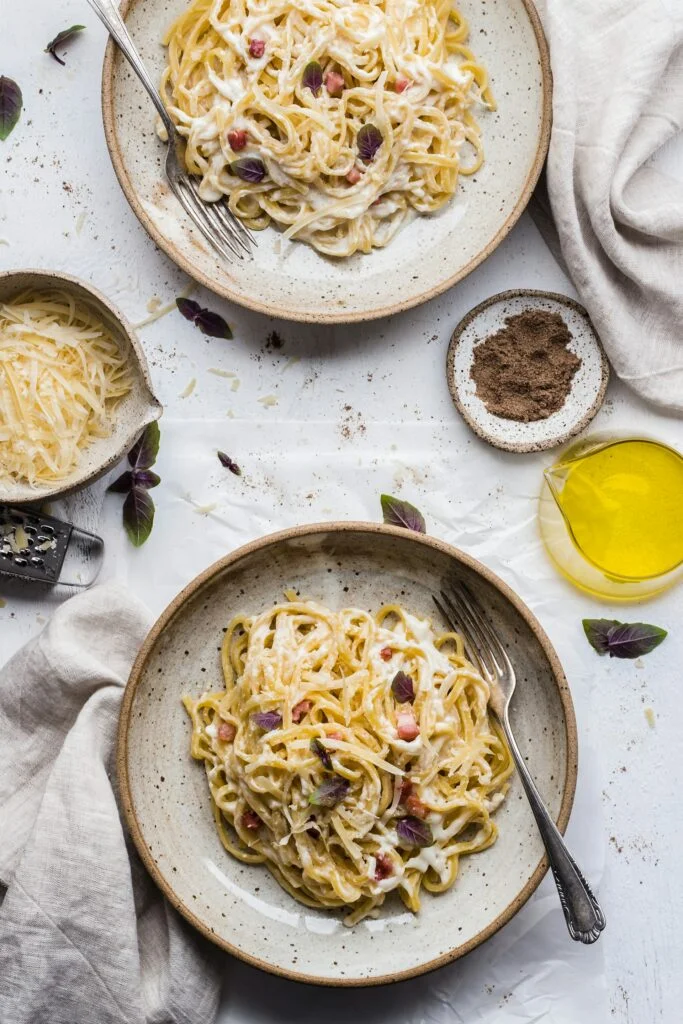
3. Never Rinse (Unless It’s for Salad)
Here’s a crime against pasta: dumping it in a colander and rinsing away all that glorious starch. That starch is the reason sauce sticks so well.
The rule: Drain it quickly, but don’t rinse — just toss it right into your sauce pan. The residual cooking water helps bind everything together.
The exception: Cold pasta salad. If you’re making that, go ahead and rinse to stop the cooking process. But we’re talking Italian pasta here, so… probably not.
4. Use the Sauce Pan, Not the Plate
This is the one thing most home cooks skip, and it’s the difference between “meh” pasta and “this could be in a trattoria.”
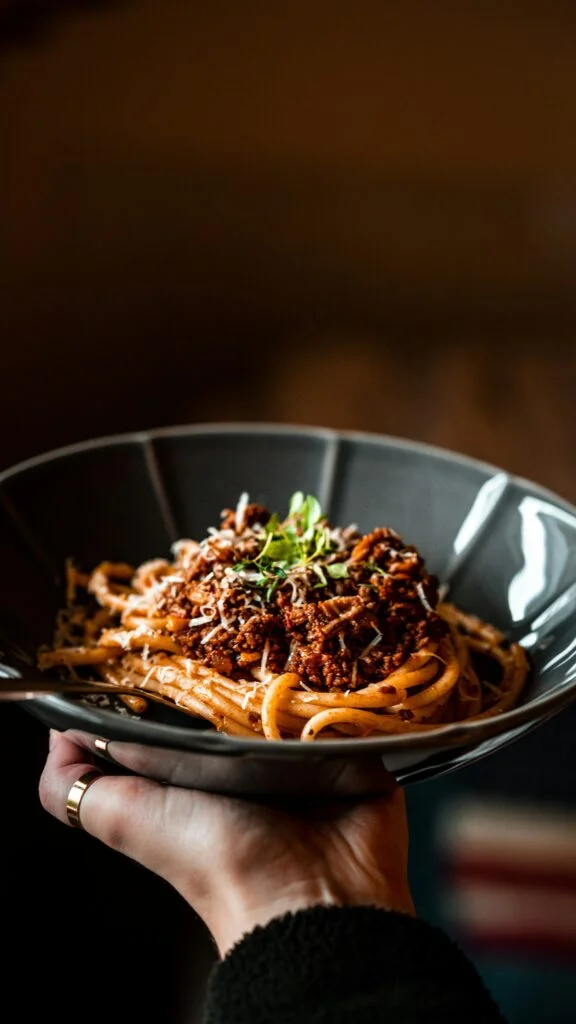
Do this:
- Heat your sauce in a large skillet.
- When pasta is just shy of done, scoop it into the sauce along with a ladle of pasta water.
- Toss on medium heat for 1–2 minutes until the pasta absorbs the sauce.
Why it works: The sauce penetrates the pasta instead of just sitting on top. You get a unified dish, not two separate components pretending to be friends.
5. Respect the Pasta-to-Sauce Ratio
You’re not making soup. And you’re not making a cheese swamp. Italians use just enough sauce to coat each strand or shape, not drown it.
Rule of thumb: For 100g (about 3.5 oz) of dry pasta, use about ½–¾ cup of sauce. The pasta should still be the star, not the sidekick.
Extra tip: Match pasta shapes to the sauce.
- Long pasta (spaghetti, linguine) → smooth sauces (tomato, oil-based)
- Short pasta (penne, rigatoni) → chunky sauces (ragù, veggie-loaded)
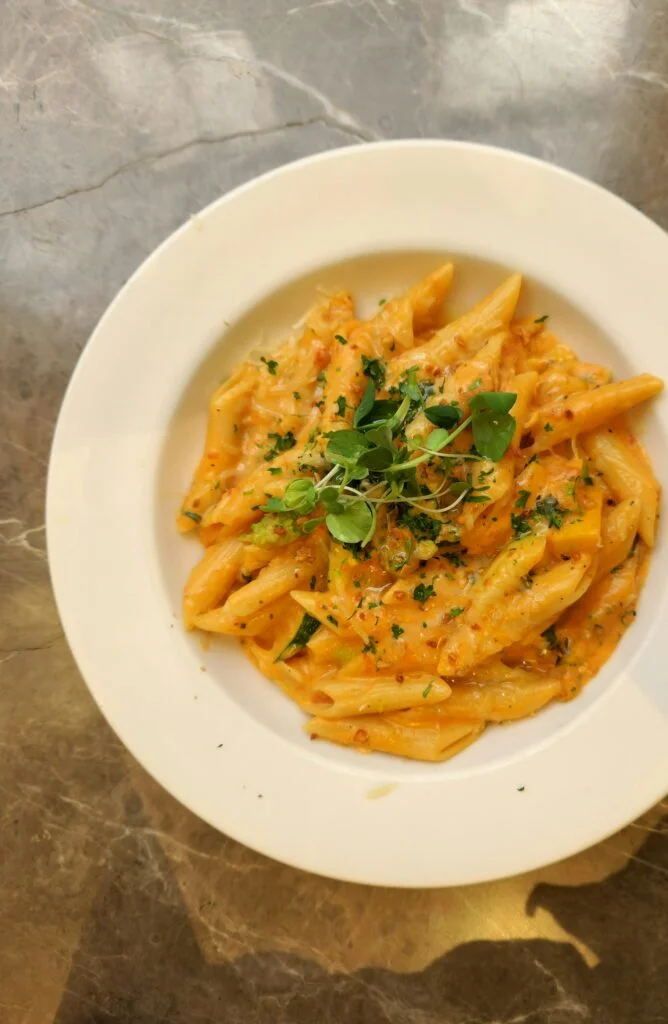
Bonus: A Few Italian Pasta “Don’ts”
- Don’t break spaghetti — Italians will find you.
- Don’t add oil to the water — it stops sauce from sticking.
- Don’t eat pasta with a spoon — unless it’s soup pasta (pastina or minestrone).
Final Thoughts
Making pasta like a real Italian isn’t about complicated recipes — it’s about how you treat the pasta. Salt the water generously, cook it al dente, skip the rinse, marry it with the sauce in the pan, and don’t drown it.
Follow these steps, and you’ll go from “boiling noodles” to serving pasta that tastes like you booked a one-way ticket to Rome.
Now grab a fork (just the fork, no spoon) and twirl like you mean it.

